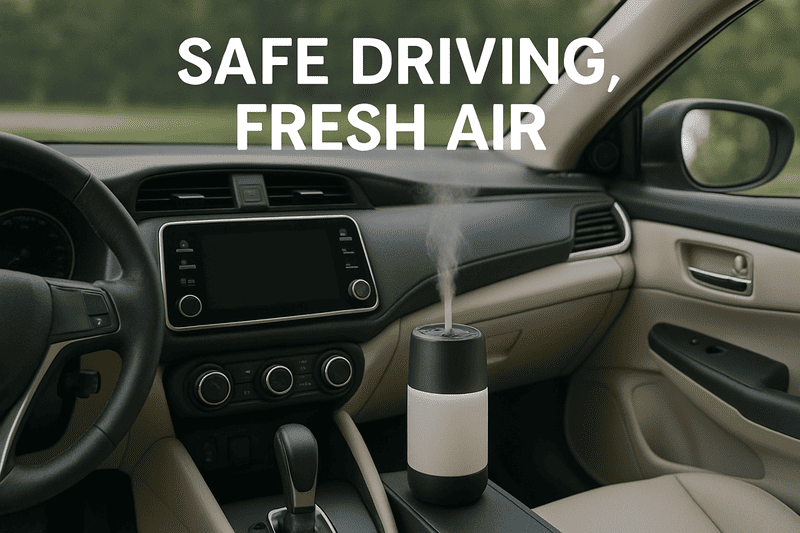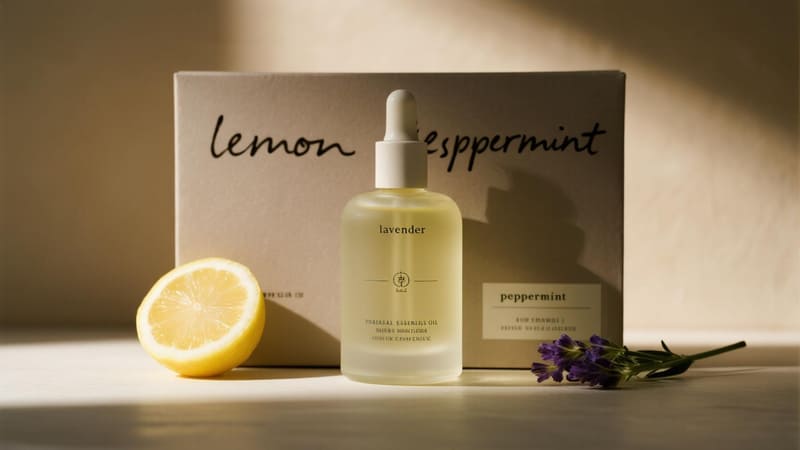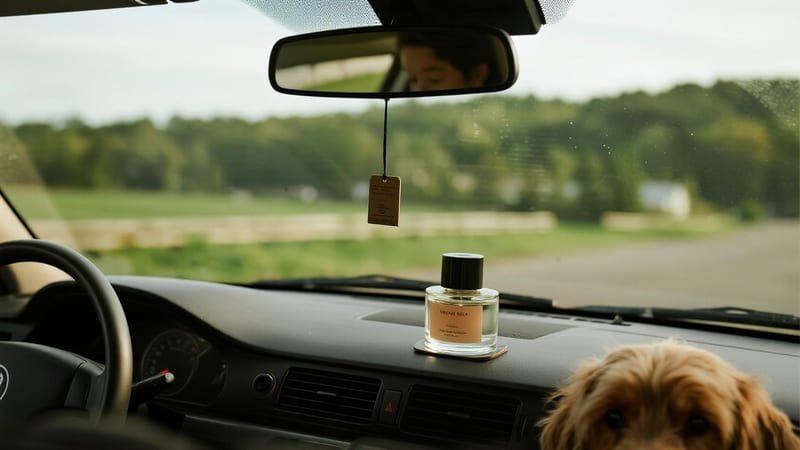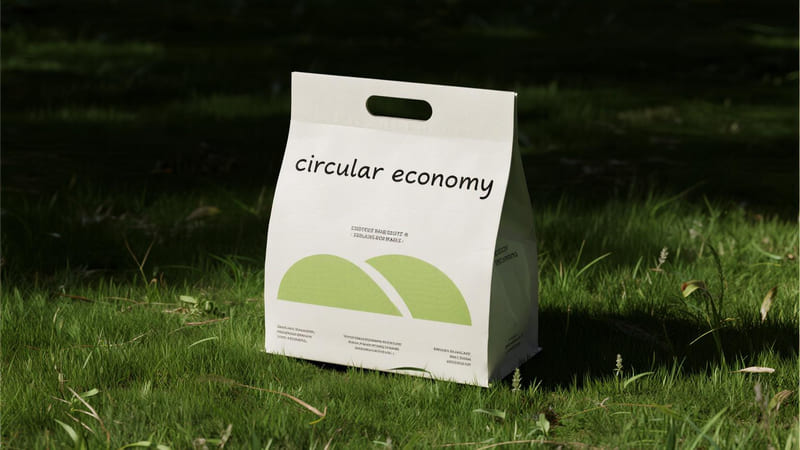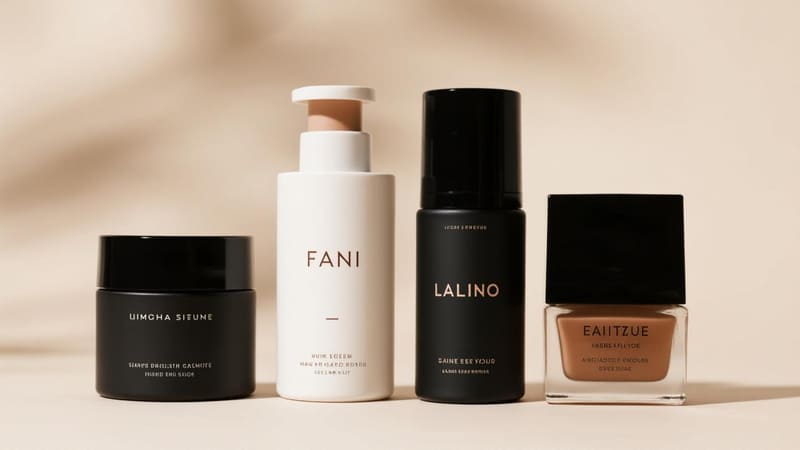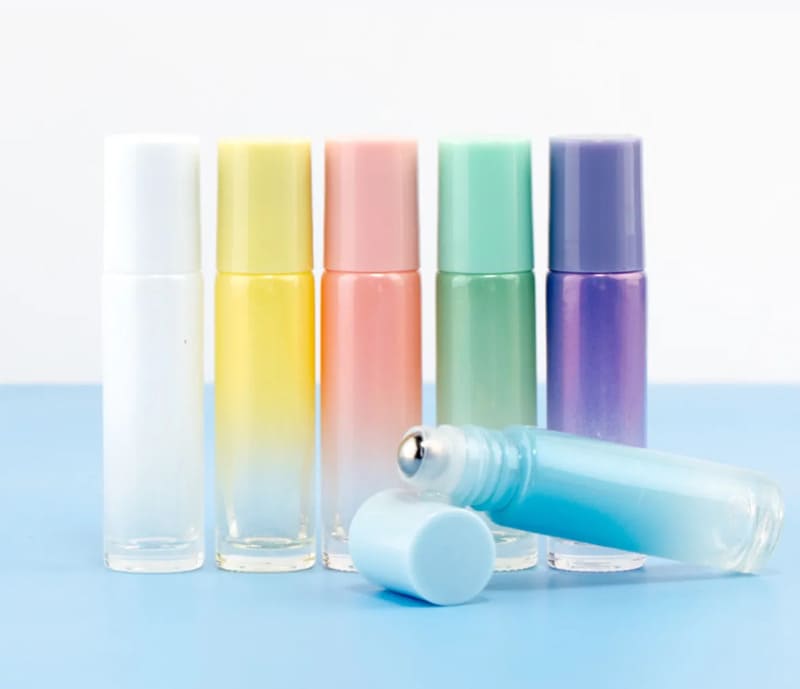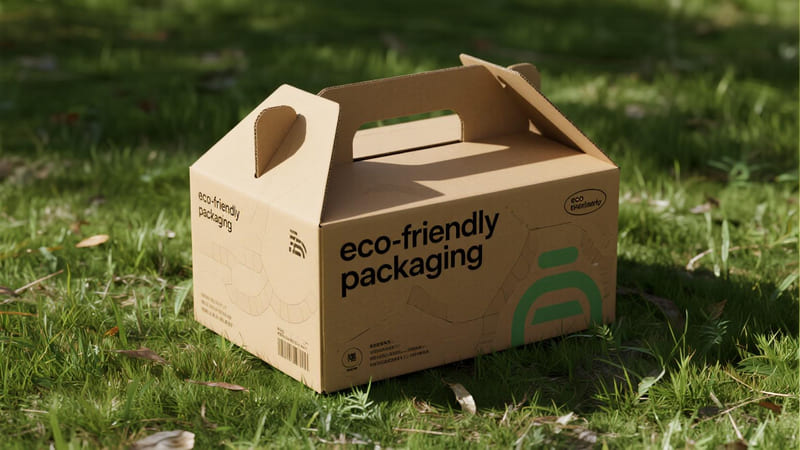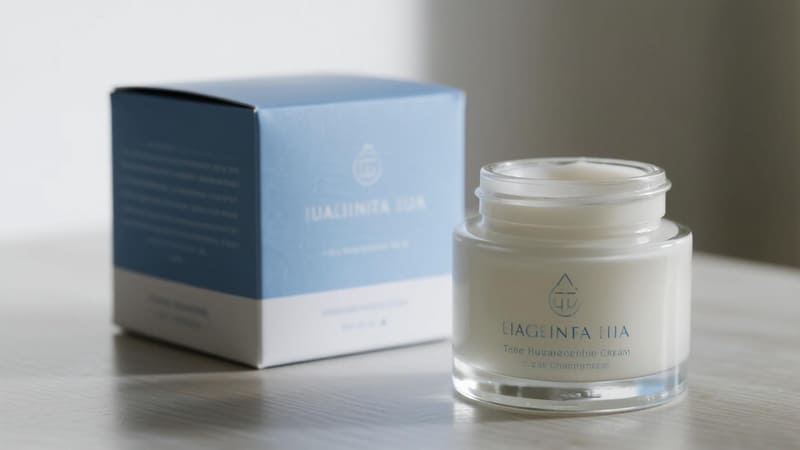Love a fresh-smelling car but hate chemical air fresheners? Using essential oils seems natural, but safety concerns can hold you back. Let’s clear the air on using them safely.
Yes, it is generally safe to use essential oils in a car diffuser, provided you choose the right oils, use them in moderation, and ensure proper ventilation. Safety depends on the oil type, dilution, and the driver’s sensitivity, so never let it be a distraction.
So, you know it’s possible to enjoy aromatherapy on the go. But "safe" comes with some important rules. The type of oil you choose, how you use it, and even the diffuser itself all play a big part. To make your drive both pleasant and safe, we need to look at the details. Let’s dive into which oils are best for the road and how to avoid any risks.
What are the best essential oils for driving?
Feeling tired or stressed during your commute? Relying on caffeine can make you anxious, while drowsiness behind the wheel is dangerous. The right essential oil can naturally improve your focus.
The best essential oils for driving are ones that promote alertness or calmness without causing drowsiness. Lemon, peppermint, and rosemary are excellent for focus. Lavender and chamomile are great for reducing road rage and stress, but use them sparingly to avoid becoming too relaxed.
Choosing the right oil is like choosing the right music for your drive. You want something that sets the right mood. I often discuss this with my clients, like Anna from Thailand. When she develops a new cosmetic line, the scent is key to the customer’s experience. The same logic applies here.
Oils for Alertness and Focus
When you have a long trip ahead or are driving through heavy traffic, you need to stay sharp. Peppermint is fantastic for this. Its strong, minty scent is invigorating and can help combat fatigue. Lemon is another great choice. Its bright, citrusy aroma is uplifting and has been shown to improve concentration and reduce errors. Rosemary is also known to boost memory and alertness, which is perfect for navigating new or complex routes.
Oils for a Calm Commute
If you get stressed or anxious in traffic, some oils can help you stay calm. Lavender is famous for its relaxing properties. A little bit can ease tension without making you sleepy. Chamomile and bergamot are also wonderful for creating a peaceful environment. The key is moderation. You want to reduce stress, not fall asleep. Start with just one or two drops.
Here’s a quick guide:
| Essential Oil | Primary Benefit | Best For |
|---|---|---|
| Peppermint | Alertness | Long drives, fighting fatigue |
| Lemon | Concentration | Daily commutes, complex traffic |
| Rosemary | Memory Boost | Navigating new routes |
| Lavender | Calming | Stressful traffic, reducing road rage |
| Bergamot | Mood-Lifting | Starting the day on a positive note |
What are the risks of using a car diffuser?
You enjoy the scent from your car diffuser, but worry it might not be completely safe. Concerns about pets, children, and even your car’s interior are valid. Let’s address these risks.
The main risks include driver distraction, potential health issues for passengers (especially kids and pets), and damage to your car’s interior from oil spills. Some oils can also be overpowering in a small space, causing headaches or nausea. Always prioritize safety and ventilation.
Safety is always the number one priority, whether we’re talking about cosmetic packaging or car accessories. The materials matter. I always tell my clients, like Mohammed from Iraq, that you can’t put a powerful formula in a cheap container. The same applies here. An oil spill can damage your dashboard.
Health and Safety Concerns
The enclosed space of a car concentrates the oil’s vapor. This can be a problem for sensitive individuals. Children and pets are particularly vulnerable because their respiratory systems are more delicate. Oils like tea tree, eucalyptus, and peppermint can be toxic to pets, especially cats, if inhaled in high concentrations. Always check if an oil is pet-safe and ensure good airflow by cracking a window. Also, never let the diffuser or the act of refilling it distract you from driving.
Protecting Your Car’s Interior
Essential oils are potent. If they spill, they can stain fabrics and even damage or discolor plastic surfaces on your dashboard or console. This is something I know a lot about from my work at ShineTop. We specifically choose high-grade, non-reactive materials like PET plastic or glass for our packaging because we know how oils can degrade lower-quality plastics over time. Be very careful when adding oil to your diffuser.
Here’s how to manage the main risks:
| Risk | Who is Affected | How to Mitigate |
|---|---|---|
| Respiratory Irritation | Kids, Pets, Sensitive Adults | Use minimal oil, ensure ventilation, choose mild oils. |
| Pet Toxicity | Dogs, Cats | Research pet-safe oils. Never use tea tree oil around cats. |
| Driver Distraction | Driver | Set it up before you drive. Don’t adjust it while moving. |
| Interior Damage | Car Owner | Be careful when filling. Clean up spills immediately. |
How do I choose the right car diffuser?
You’re ready to buy a car diffuser, but the choices are overwhelming. They come in all shapes and sizes, and it’s hard to know which one is effective and safe.
Choose a diffuser based on your needs. Vent clips are simple and use airflow. USB ultrasonic diffusers create a fine mist but require water. Passive diffusers, like clay or wood, are subtle. Prioritize models made from high-quality, oil-resistant materials to prevent damage.
As a packaging manufacturer, I spend my days thinking about how to best deliver a product to the user. A diffuser is just that—a delivery system for essential oils. The design and material are critical for performance and safety, just like with a lotion pump or a perfume bottle.
Common Diffuser Types
There are a few main styles you’ll find. Vent clips are very popular. They have an absorbent pad that you put oil on, and the car’s AC or heat pushes the scent into the cabin. They are simple and don’t need power. USB ultrasonic diffusers are small versions of home models. They use water and ultrasonic vibrations to create a visible mist. They are more powerful but require more setup. Passive diffusers are the simplest—a piece of clay, wood, or felt that you hang from your mirror. They provide a very gentle, subtle scent.
What to Look For in a Good Diffuser
No matter the type, look for quality materials. If it’s plastic, it should be BPA-free and made from a durable polymer like PP (polypropylene), which resists oils well. Check for a secure design that won’t spill easily. For ultrasonic models, look for an automatic shut-off feature for safety.
| Diffuser Type | How It Works | Pros | Cons |
|---|---|---|---|
| Vent Clip | Air from vent passes over an oiled pad. | Simple, no power needed, affordable. | Scent depends on fan speed. |
| USB Ultrasonic | Uses water and vibrations to create mist. | Stronger scent, adds humidity. | Needs power and water, potential for spills. |
| Passive (Clay/Felt) | Oil slowly evaporates from the surface. | No power, no spills, very subtle. | Weakest scent, needs frequent re-oiling. |
Conclusion
Using essential oils in your car can be safe and enjoyable. Just choose the right oil and diffuser, use it moderately, and always prioritize the safety of everyone in the car.

